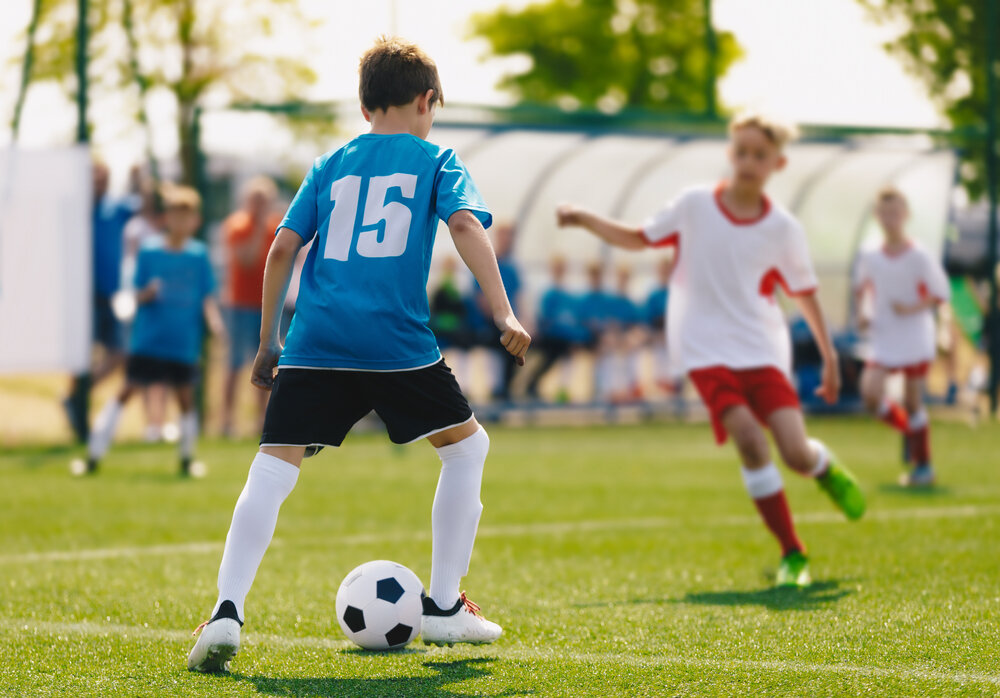Take a Hike: Why a Foundation is Giving Millions for Nature Trails
/Meagan Marchant/shutterstock
Nature trails can offer opportunities for exercise and stress reduction, connect people to their local environments and neighbors (potentially improving appreciation for both), bridge communities, and drive recreation and tourism economies. All these benefits are not guaranteed, but they are all goals of a recent series of grants from the Ralph C. Wilson, Jr. Foundation totaling $6.4 million to improve portions of trails in Western New York. This is one of two geographic areas favored by the spend-down foundation that has until 2035 to use its approximately $1.3 billion in assets. The other area is Southeast Michigan. Detroit was Ralph C. Wilson Jr.'s hometown, and Buffalo was home to his Buffalo Bills franchise.
A New Parks Funder Emerges
The new grants follow the foundation’s 2018 commitment of $200 million to support parks and trails in these two regions. It especially aims to deliver community and economic benefits to cities like Buffalo and Detroit, which have struggled with post-industrial decline, and to update and connect other neighborhood parks and trails.
It’s common for funders’ personal connections to a region to drive their conservation- and community-oriented philanthropy. Along with parks and trails, this foundation also supports youth extracurricular education and recreation programs, trainings and other supports for caregivers, young adults and working families, and economic development work.
The grants will back improvements and repairs for two trails: the Genesee Valley Greenway and the Niagara Shoreline Trail. Both are segments of the massive Empire State Trail, a project-in-progress launched by Governor Cuomo in 2017. It’s a 750-mile route reaching from New York City to Canada, and from Buffalo to Albany—the longest multi-use state trail in the nation. It’s scheduled for completion by the end of 2020. Along with the Wilson Foundation’s new donation, state and local funding are helping to complete and update these two portions of the route. The foundation gives the grants to the National Heritage Trust, which in turn supports the state’s Office of Parks, Recreation and Historic Preservation. The foundation also gave $6.5 million to the Empire State Trail upgrades in 2018.
The Connection to Health and Wellness
Community wellness is a key focus of the trails’ update, particularly the Greenway. A 2018 health impact assessment (HIA) of the Greenway found that as a nature-based recreation space, it can offer physical activity and psychological health benefits. Trail activities include hiking, walking, biking, cross-country skiing and snowshoeing, among others. (The psychological benefits of time in nature have long been studied and validated.)
The HIA report recommended ways to enhance the Greenway experience for locals and tourists, such as improving trail conditions and increasing public transit stops and spaces that facilitate visitor interaction. The HIA also explored issues of inclusion and “social cohesion,” recommending accessibility upgrades, and that the trail management better integrate “community-outreach efforts and [increase] structured activities to draw more users.”
The Wilson Foundation and its public partners are taking some of the HIA recommendations to heart. Funded Greenway projects include trail surface, parking, lighting, signage and disability-access improvements. Universal access for people of all abilities is another health-related tie-in to recreation and conservation funding and programming. And philanthropy at the intersection of the environment and disability rights is a burgeoning and crucial funding area.
The Niagara Shoreline Trail updates include path repairs and extensions, more connections along the route, and a public outreach effort regarding the creation of new trail sections. The Wilson Foundation has also made efforts to be socially engaged and responsive during its other nature- and place-based investments in the area. While planning out the new parks and trails in and around Buffalo and Detroit, the foundation and its local partners engaged with community residents and stakeholders. Input from public meetings and current land uses were considered and integrated, and community-driven design processes drove the effort.
As we’ve reported, funding for green infrastructure projects that leave out local feedback, empowerment and buy-in can lead to increased economic and social segregation and hardship. The Wilson Foundation aims to avoid these pitfalls and build new community connections along the multi-use trails.
Strengthening the Social Fabric
“These public spaces are not only proven to have positive health and economic outcomes for communities, but they connect people to anchor assets, jobs and each other in ways that help strengthen our social fabric,” says JJ Tighe, director of the Parks and Trail Initiative at the foundations.
Along with being generally healthy spaces and potentially bridging social and economic divides, trails and parks expose people to their local ecosystems. Community members of all backgrounds and means who have memories of and connections to an outdoor space are more likely to spend time in and want to conserve these areas.
“At a time when climate change, invasive species and unchecked development are increasingly threatening New York’s stunning natural places and diverse wildlife, we need more people who are passionate about protecting these irreplaceable assets,” Arturo Garcia-Costas says. He’s the New York Community Trust’s program officer for the environment, and a member of the New York Environmental Funders Network. “This welcome expansion of the state’s trail system will connect people to nature and help build public support for effective conservation.”







































